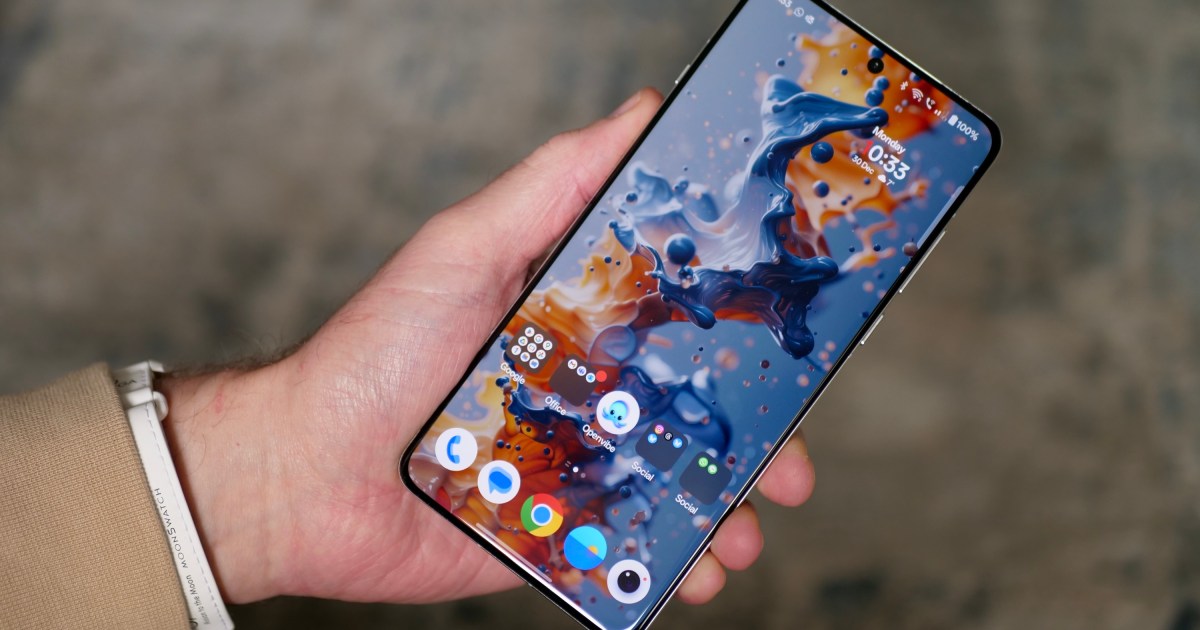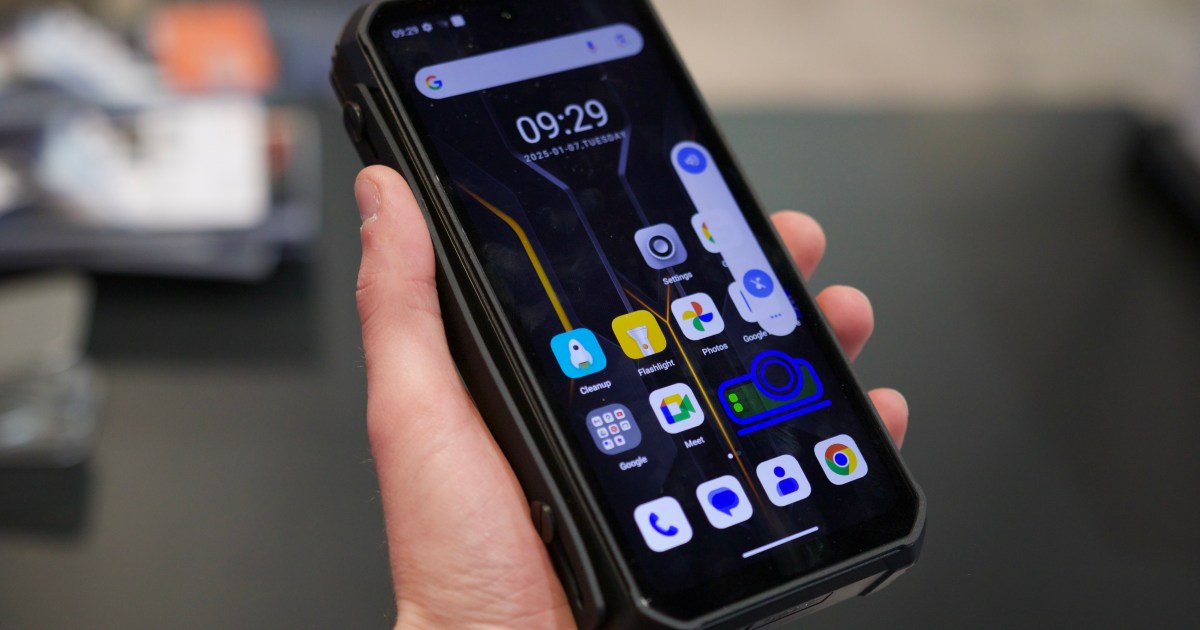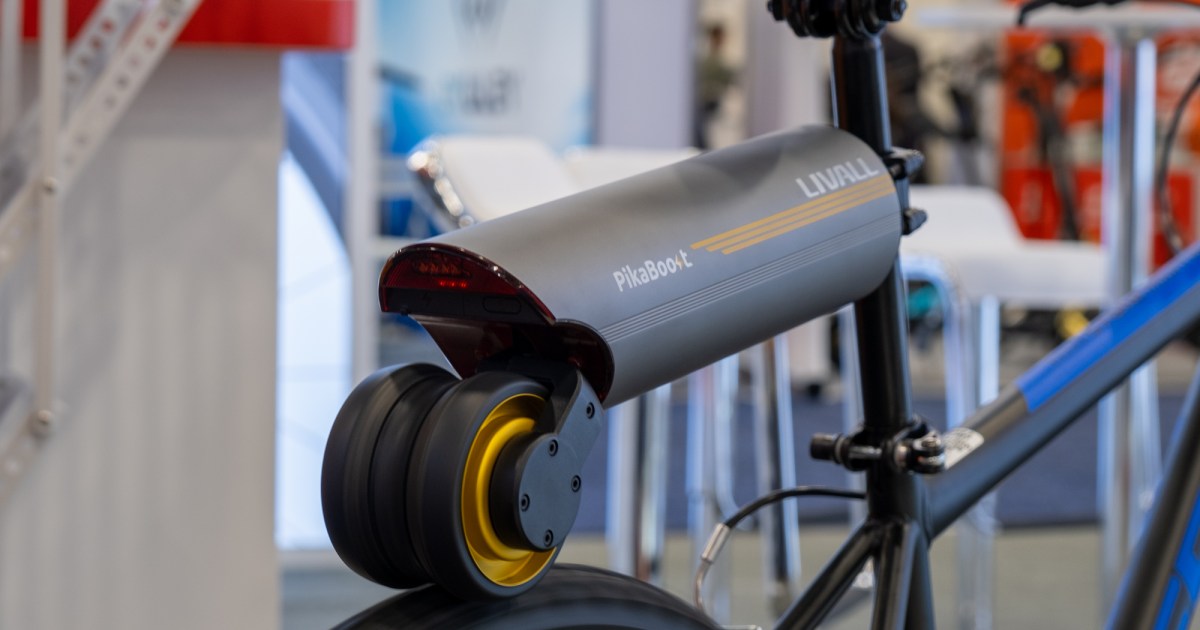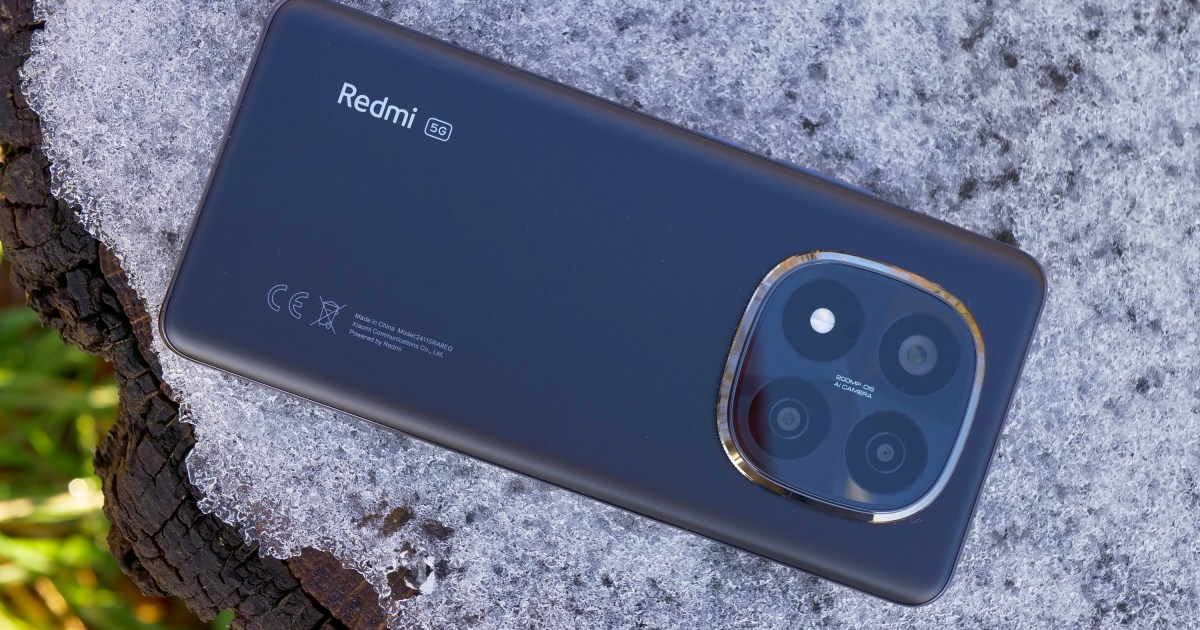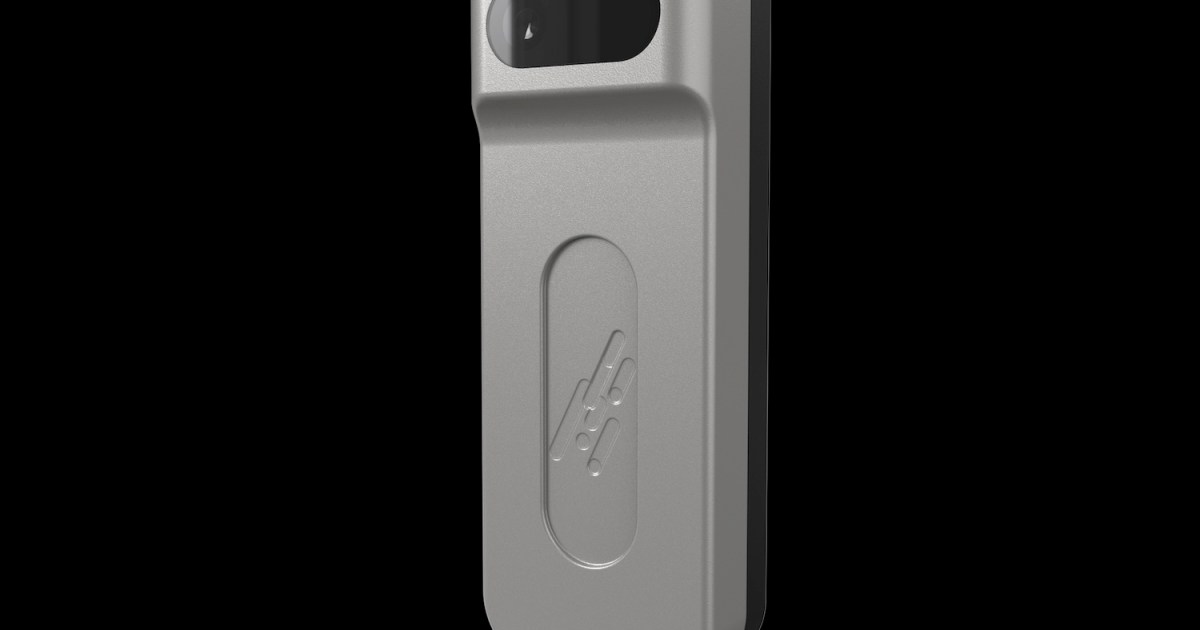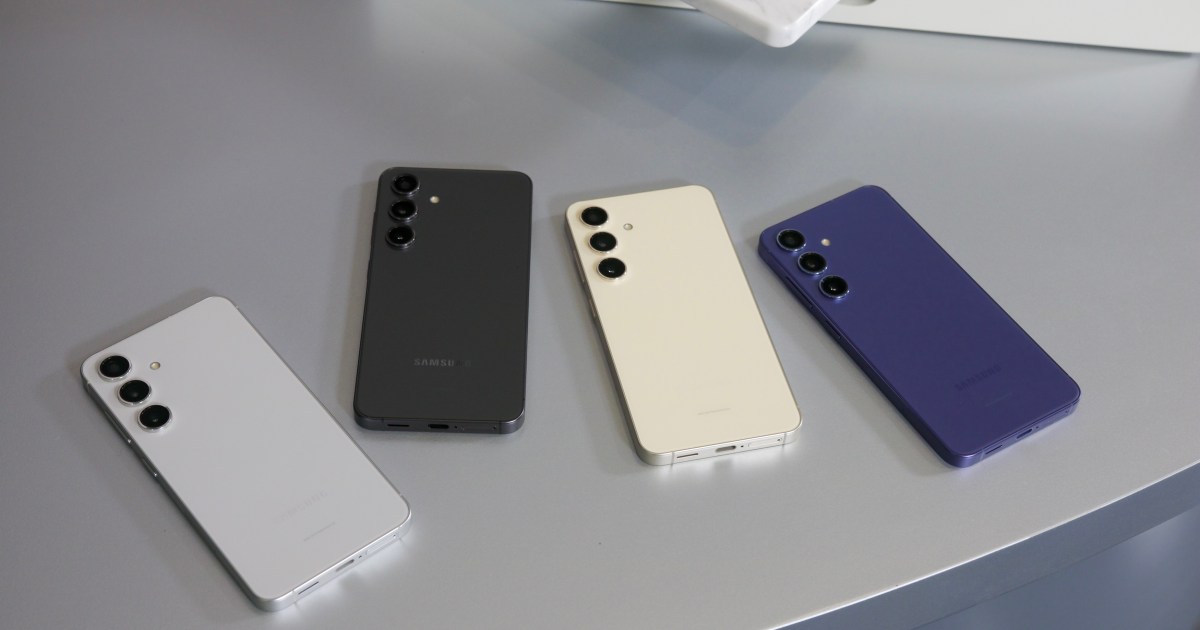OnePlus has recently unveiled its latest flagship smartphone, the OnePlus 13, alongside its more budget-friendly counterpart, the OnePlus 13R. Both devices boast impressive specifications, including powerful processors and robust IP ratings. One of the most compelling features, however, is the display technology, particularly the 120Hz refresh rate. This article delves into the benefits of high refresh rates and explores how this technology enhances the user experience on both the OnePlus 13 and 13R.
OnePlus 13: A 120Hz Display Powerhouse
The OnePlus 13’s display is undoubtedly a highlight, featuring a crisp 2K resolution and a stunning peak brightness of 4,500 nits. However, the star of the show is the adaptive 120Hz refresh rate. This variable refresh rate, ranging from 1Hz to 120Hz, dynamically adjusts to the content being displayed. This intelligent adaptation not only ensures a buttery smooth visual experience but also contributes to optimizing battery life.
OnePlus 13R: 120Hz on a Budget
Despite its more affordable price point (around $600), the OnePlus 13R doesn’t compromise on display quality. Like its flagship sibling, the 13R also boasts a variable 1Hz to 120Hz refresh rate. This impressive feature is complemented by a vibrant 6.78-inch AMOLED screen with a 2,780 x 1,264 resolution and a peak brightness of 4,500 nits.
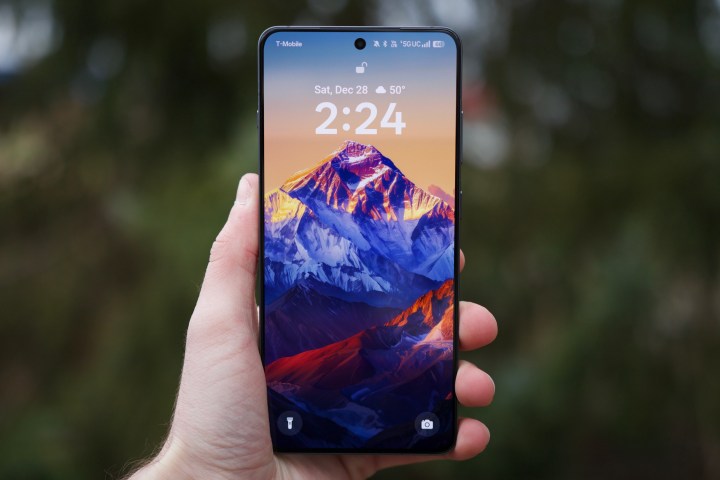 The OnePlus 13R with its screen on and showing the lock screen.
The OnePlus 13R with its screen on and showing the lock screen.
The Evolution and Advantages of High Refresh Rates
Whether you’re considering the OnePlus 13, the OnePlus 13R, or any other device with a high refresh rate, understanding the benefits of this technology is crucial. Refresh rate, measured in Hertz (Hz), represents how many times per second the image on a display refreshes. Higher refresh rates translate to a significantly improved user experience.
The key advantages of higher refresh rates include:
- Enhanced Smoothness: Scrolling through content, navigating between apps, and experiencing animations becomes noticeably smoother and more fluid.
- Improved Video Playback: Enjoy video content with reduced tearing and stuttering, resulting in a more immersive viewing experience.
- Elevated Gaming Performance: Gamers will appreciate the reduced motion blur, more precise controls, and increased responsiveness, particularly in graphically demanding games.
- Superior Responsiveness: Every interaction with the device, from swiping to tapping, feels more immediate and accurate.
A Brief History of Refresh Rate Technology
While a comprehensive history of refresh rates is beyond the scope of this article, understanding the evolution of this technology provides valuable context. In the early days of smartphones, 60Hz displays were the standard, and refresh rates weren’t a major concern. As smartphones evolved into multimedia and gaming powerhouses, the demand for higher refresh rates grew.
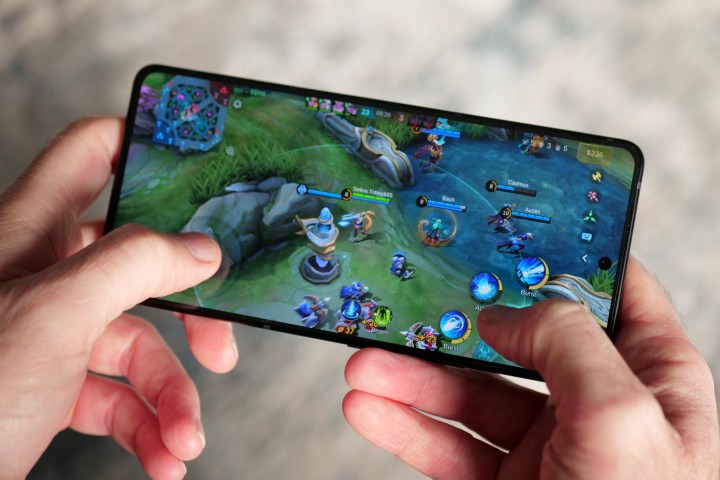 A person playing a game on the Asus ROG Phone 9 Pro.
A person playing a game on the Asus ROG Phone 9 Pro.
The Razer Phone, launched in 2017 with a 120Hz LCD, marked a turning point. OnePlus followed suit with the 90Hz OLED display on the OnePlus 7 Pro in 2019. By 2020, 120Hz OLED screens became increasingly common in flagship Android devices. Today, some high-end devices even offer refresh rates of 144Hz or higher, pushing the boundaries of display technology.
Apple, traditionally more conservative with refresh rates, has started incorporating 120Hz adaptive refresh rates in its Pro models, while its standard iPhones still feature 60Hz displays.
Conclusion
The 120Hz refresh rate on both the OnePlus 13 and 13R significantly enhances the overall user experience, offering smoother visuals, improved gaming performance, and increased responsiveness. As display technology continues to evolve, high refresh rates are becoming a key feature for discerning smartphone users.



